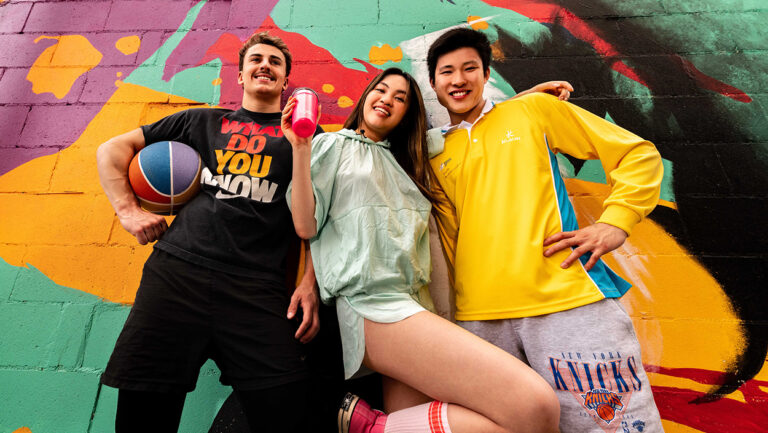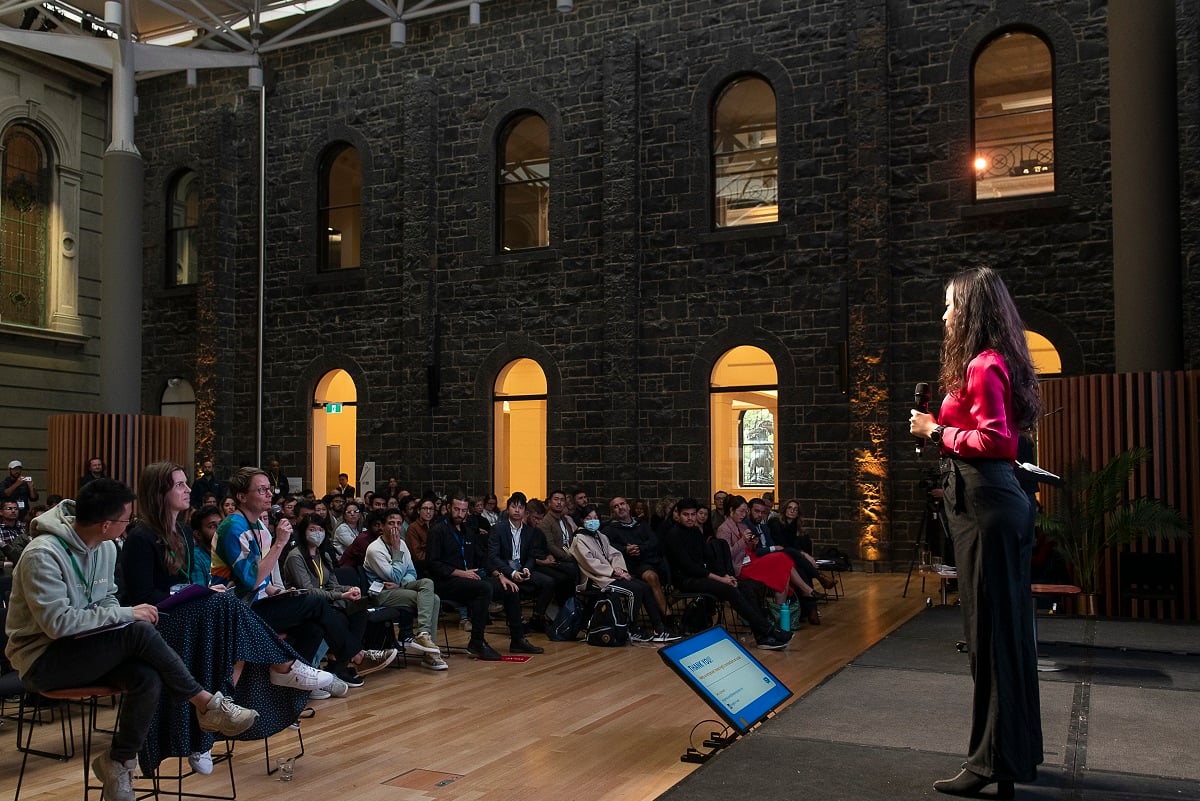Why a Cover Letter is Important and How to Write One
Along with your Resume, don’t underestimate the power of creating a great first impression with a stand out Cover Letter!
So, let’s get started with the basics!
What is a Cover Letter? Why it’s Important? And Do I Need One?
A Cover Letter is a one-page document you submit accompanying your Resume. This is valuable space to introduce yourself, briefly summarise your professional background, and it is also one of your earliest opportunities to grab the attention of the employer.
So much more cut through…with a Cover Letter
A Cover Letter is an amazing opportunity to make a great first impression and help a potential employer (or recruiter) quickly see how your skills, experience, and career goals align with what they’re looking for. Be ahead of the competition, definitely include one with your application.
When not to include a Cover Letter
The only exception would be if the instructions for the job application specify not to include a Cover Letter. In this instance, our hot tip would be to ensure your professional Profile on your Resume is tailored for the role.
If you’re already an acquaintance of the person you’re sending your Resume, a quick note on email may be enough, however, even in this instance, it is a good idea to include a personalised summarised version of your cover letter – just in case the correspondence is forwarding on to another hiring manager in the company!
Understanding the Target Audience for Your Cover Letter
No one wants to waste time going through an unfruitful interview process. Understanding that the potential employer wants to know 3 basic things will help you craft a knockout Cover Letter. So, make sure you can answer YES to next questions and find a creative way to place these answers in your Cover Letter.
- Can this person do this job?
- Do we like this candidate?
- Is this person a good fit for the job role?
Afterall, if the potential employer does not think you have the skills to perform in the role, you will not proceed any further in the interview process. By demonstrating YES to all three questions, you’re off to a great start with your application!
Hot tip: Use your Cover Letter to be specific about how you will hit the ground running and perform in the role. You can also share your attributes that align with company values and convey your likeability by sharing a personal anecdote, interests or voluntary work that helps demonstrate you’re a good cultural fit for the organisation.
Visual Appearance and Content Structure of a Cover Letter
The look-and-feel of your Resume and Cover Letter should be consistent. Endeavour to retain the same design and follow the same information structure as utilised in the Resume, such as name, job position (the one you’re applying for), and your contact details. By keeping a visual consistency across your documents you’ll show a level of professionalism, attention to detail and may even help to advance your application.
Remember to include your contact information
You may even like to tailor the look to the potential employer’s branding, making it as targeted as you can, to show you have done your research.
Basic structure a Cover Letter:
1. Start with a strong introduction to capture the reader’s attention
2. Provide evidence that you’re good fit for the role
3. Close with a call-to-action for an interview!
1. Start with a strong introduction to capture the reader’s attention
Don’t bore your reader in the first sentence!
Remember, they may have received hundreds of applications, so you need to hook them with your first words. This is your chance to say, “This is who I am and why I want to work with you guys.”
Show that you have done your research on their company. In other words, “I know who you are, I like what you’re doing, and I have specific reasons I am applying for this job.”
You may use a personal anecdote to help to reinforce your specific interest and understanding of the company you’re applying.
Example:
When I first moved to Australia, I lived in Scape student accommodation and made many at the numerous events. One time we attended a Mexican Party where we all dressed up with huge “sombreros”. Even now when I think of these times it brings a lot of happy memories.
Hi (name), my name is ___, I am a digital marketing specialist with an avid interest in helping fellow foreigners fall in love with their new home, here in Australia. I’d love to be the next International Marketing Specialist for (company name).
The above example demonstrates a clear and personal explanation about the applicant’s motivation to be part of the team. You may agree that’s a different approach to the traditional “Please accept my application to your Digital Marketing Strategist role, which I saw advertised on…”, isn’t it?
Hot tip: Keep the storytelling element minimal and be sure to transition into the “I am the professional you’re looking for” messaging quickly to convey you are the professional the company is looking for!
2. Provide strong evidence that you’re a fit for the role
This is the core of your cover letter and the longest section of the 1-page document. Ensure that you provide direct evidence that you’ve got the specific skills that this company is looking for.
Start asking yourself “What specifically would I bring to XYZ Company in this role?”
Hot tip: Develop a few key points and emphasise them in bold so that the reader’s attention is immediately directed to these points.
You need to show instantly that you understand what this company is looking for, and how your expertise lines up the job role.
If you have the chance, you may ask other employers about the company’s needs, and then assess what skills you have that seem to be the most relevant to meet these.
For instance, if you’re a good at organising events and they’re looking for someone who can build up a community, emphasise these skills in this section.
Example:
Ability to multitask and capable of bringing people together to build rewarding communities. Then share a brief example of something you’ve done that supports this point. For example, this may be something you’ve done that requires experience negotiating contracts with vendors and strong problem-solving skills.
3+ years experience negotiating contracts with entertainment and food vendors. In my current role, I’ve set up numerous vendor relationships with local hospitality partners who support our special events. I excel in bringing in supplier and service providers who consistently deliver exceptional results, at a fair price.
Exceptional problem-solving skills. I think a great event coordinator can face unexpected issues without breaking a sweat. I believe this is one of my strengths. I plan meticulously, looking at every contingency in advance. If something pops up the last minute — like the one time I hired live music and ended up with a DJ — I swiftly and calmly shift into solution mode.
3. Close with a call-to-action for an interview
It’s time to wrap up your Cover Letter, endeavour to not be cliche and finish with a clear request for an interview.
How to finish your Cover Letter
- Show confidence and enthusiasm
- Summarise why you’re a great fit
- Express gratitude
- Ask for the interview!
Example:
My energy and passion for Scape, aligned with my communication skills, experience and belief that an initial positive encounter with a company’s receptionist can positively impact a customer’s entire experience with an organisation and I would love to discuss the opportunity further in person. I appreciate your time and consideration.
As you can see, this is a very different approach of usual cliches like “I’m uniquely qualified” or “I’m the ideal match.”
The goal is to make it friendly, on point, and clear
We hope our examples and tips help you finish your new Cover Letter there is one important last step to help you get the interview. To make sure someone will read your Cover Letter, you need work on the distribution of this document, and the best way is getting it directly to the hands of the decision maker.
Good luck!
Done well, your Cover Letter can make a real difference in taking you from the “maybe” straight to the “yes” stack of candidates.
Stay tuned for so much more.. upcoming articles on how to prepare yourself for the interview.






